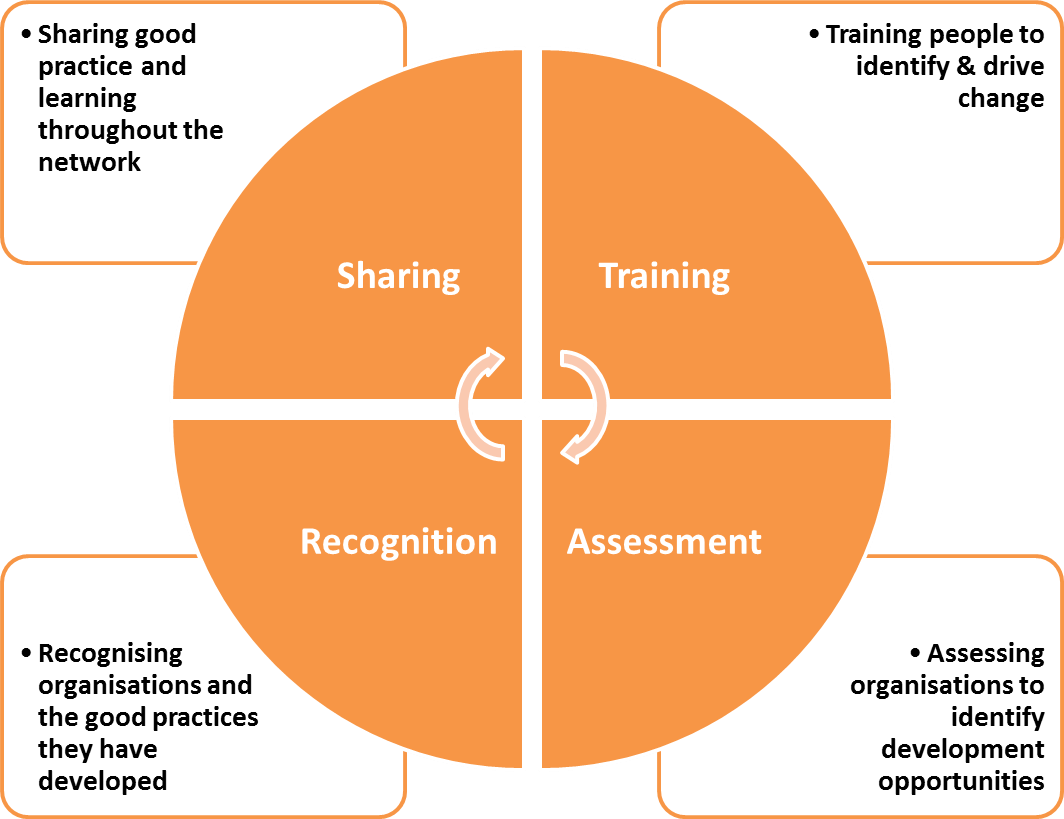
Love it or hate it, peer assessment has proven to be a useful tool in workplace management and when incorporated with technology, computer use allows for greater efficiency in its implementation.
Incorporating computers in peer assessment yield many benefits. Along with greater efficiency, it offers greater variety in the nature of test given, as the computer can easily create variety in question options, along with the reduction in human error which will allow for greater accuracy. Another benefit is that workers can better assess the productivity of their peers in a way that management cannot, as they are typically with the colleagues on a daily basis and can better tell the strengths and weaknesses of their colleagues. Peer review can be beneficial for all if it is done in a manner that allows for workers to feel at ease expressing their opinion.
One way that management can do this is to allow for anonymity through an exam creator that will offer greater feedback. By allowing for constructive feedback workers will improve their productivity. As well, through assessing their peers, workers will be able to improve their own performance through greater self-reflection of their own personal performance. It will also give them the ability to manage their own learning.
Managers can also use peer assessment to enhance their effectiveness at delegating tasks, while encouraging workers to perform their best. Along with the motivation to improve, workers won’t feel overly harshly assessed or punished. Peer assessment can also be used effectively as a tool to free up time for management, as well as engage workers to perform better. The lack of immediate managerial involvement will also give workers the freedom to properly express their thoughts without hesitation or unfair judgement.
Successfully Incorporating Computers into Peer Assessment
With all of the established benefits of peer assessment, how can companies incorporate computers so that peer reviews run effectively? Incorporating online exam software is a practical way of merging technology into evaluations. A test maker that is used online in peer assessment will also allow for greater anonymity in the assessment process, which can be as simple as filling out questions online.
Lastly, incorporating computers can improve peer assessment by allowing for a way of completing assessment criteria without bias. It also becomes a method of ensuring that assessment will be thorough without favoritism or popularity coming into play. With greater criteria that are set in advance through the assistance of software, this will take the added pressure from workers who aren’t as confident about assessing their peers. Any company can benefit from implementing regular peer reviews to improve productivity, particularly ones with an eye towards incorporating technological use in management practices.

